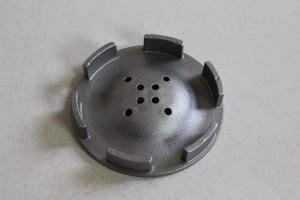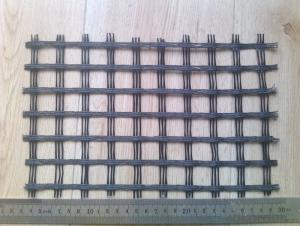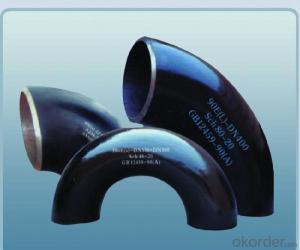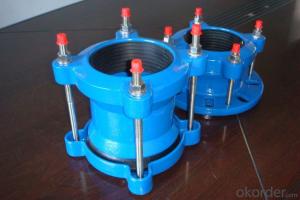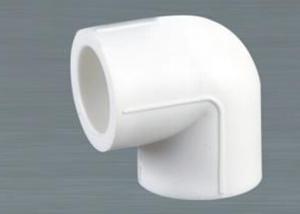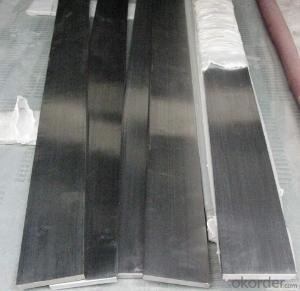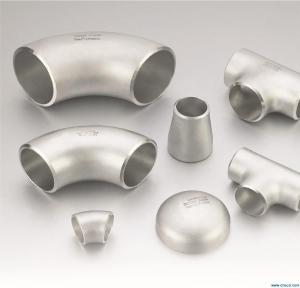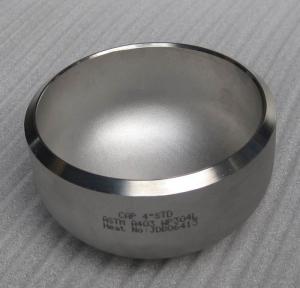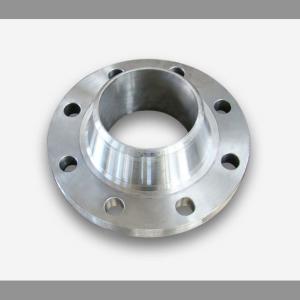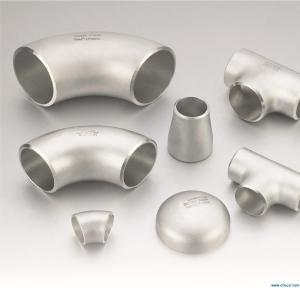Scratches On Stainless Steel
Scratches On Stainless Steel Related Searches
Best Paint For Stainless Steel Blanket Insulation For Steel Buildings Primer For Galvanized Steel Foam Filter For Stainless Steel H S Code For Stainless Steel Surface Grinding Wheels For Stainless Steel Surface Grinding Wheels For Hardened Steel Hole Saw For Stainless Steel Paint For Stainless Steel Stainless Steel For BbqHot Searches
Steel Mesh Panels For Sale Price For Stainless Steel Scrap Scrap Price For Stainless Steel Price For Stainless Steel Stainless Steel Tank For Sale Stainless Steel Sheets For Sale Cheap High Tea Sets For Sale Stainless Steel Tanks For Sale Stainless Steel For Sale High Density Fiberboard For Sale Solar Hot Water Collectors For Sale Scaffolding For Sale In Uae Scaffolding For Sale In Ireland Scaffolding For Sale In Houston Type Of Inverter For Solar Price Of Shipping Containers For Sale Types Of Inverter For Solar Stock Price For Aluminum Used Solar Inverter For Sale Steel Mesh Panels For SaleScratches On Stainless Steel Supplier & Manufacturer from China
Okorder.com is a professional Scratches On Stainless Steel supplier & manufacturer, offers integrated one-stop services including real-time quoting and online cargo tracking. We are funded by CNBM Group, a Fortune 500 enterprise and the largest Scratches On Stainless Steel firm in China.Hot Products
FAQ
- Yes, stainless steel flats are highly resistant to tarnishing due to their corrosion-resistant properties, making them an excellent choice for applications where tarnish prevention is essential.
- Yes, stainless steel flats are suitable for water treatment applications. Stainless steel is highly resistant to corrosion and can withstand the harsh environments typically found in water treatment facilities. Additionally, its durability and strength make it an ideal material for various components like pipes, valves, and tanks used in water treatment processes.
- Stainless steel flats exhibit resistance against intergranular corrosion, thanks to the chromium content present in their composition. This leads to the creation of a passive oxide layer on the steel's surface, acting as a protective barrier against corrosive elements and safeguarding it from intergranular corrosion. In addition to chromium, stainless steel flats are fortified with other alloying elements like nickel and molybdenum, which further enhance their ability to withstand intergranular corrosion. As a result, stainless steel flats are widely recognized for their exceptional corrosion resistance, making them highly suitable for diverse applications across multiple industries.
- Yes, stainless steel flats are suitable for the construction of offshore platforms. Stainless steel offers excellent corrosion resistance, strength, and durability, making it a preferred material for the harsh offshore environment. It can withstand the corrosive effects of saltwater, extreme temperatures, and high-pressure conditions, ensuring long-term structural integrity and safety. Furthermore, stainless steel's low maintenance requirements and ability to withstand impact and fatigue make it an ideal choice for offshore platform construction.
- There are several types of stainless steel flats commonly used in the marine industry, including austenitic stainless steel (such as 304 and 316), duplex stainless steel, and martensitic stainless steel. These different types of stainless steel flats offer varying levels of corrosion resistance, strength, and durability, making them suitable for different marine applications.
- Yes, stainless steel flats are generally resistant to pressure. Stainless steel is known for its high strength and durability, making it capable of withstanding significant amounts of pressure without deformation or failure. This property is particularly important in applications where the material is subjected to heavy loads or compression forces. Stainless steel flats are commonly used in industries such as construction, infrastructure, manufacturing, and transportation, where pressure resistance is crucial for the longevity and safety of structures and components. Additionally, stainless steel's resistance to corrosion further enhances its ability to withstand pressure over extended periods, making it a reliable choice for various applications.
- Stainless steel flats are indeed capable of undergoing cold working. Cold working refers to the process of shaping and forming metal at or below its recrystallization temperature, typically at room temperature. Due to being a type of stainless steel, stainless steel flats possess remarkable properties for cold working. This can be achieved through various methods such as cold rolling, cold drawing, cold forging, or cold pressing. By employing these techniques, the strength, hardness, and overall mechanical properties of the stainless steel flats can be improved without compromising its corrosion resistance. Moreover, cold working enables precise shaping and dimensional accuracy, rendering stainless steel flats suitable for a broad range of applications in industries like construction, automotive, aerospace, and manufacturing.
- Stainless steel flats possess the capability of being bent or shaped. This versatile material, known for its malleability, can be effortlessly molded and controlled through diverse techniques of forming. Among these techniques, cold forming stands as a prominent method whereby the stainless steel is manipulated at room temperature utilizing tools like presses, rollers, or bending machines. This technique permits the creation of various shapes and angles in accordance with the desired requirements. Nevertheless, it is crucial to acknowledge that the extent to which stainless steel flats can be bent or shaped relies on factors such as material thickness, alloy composition, and the specific type of forming process employed.

























